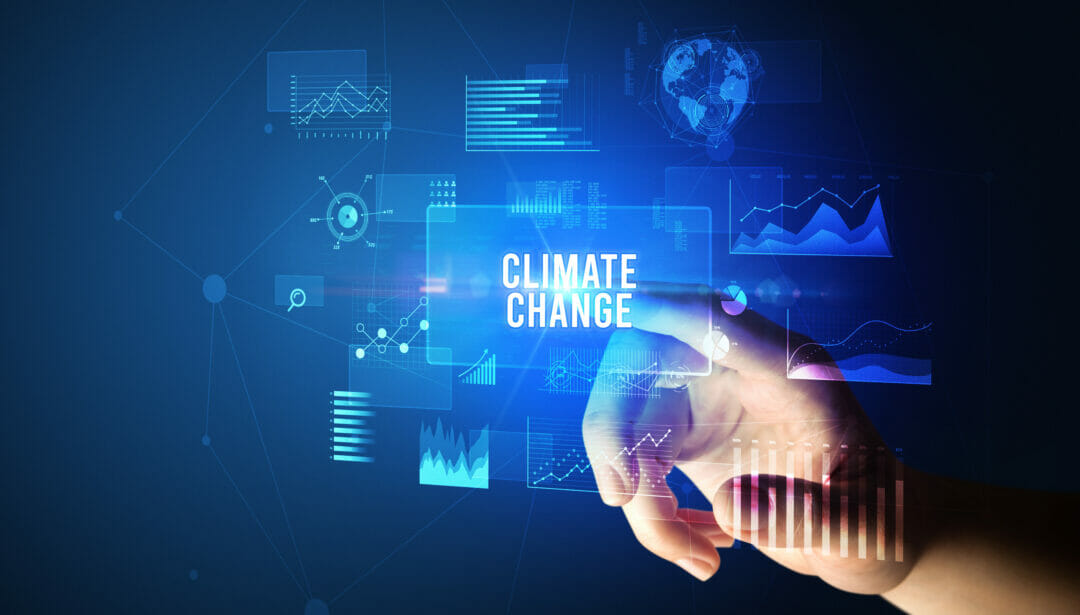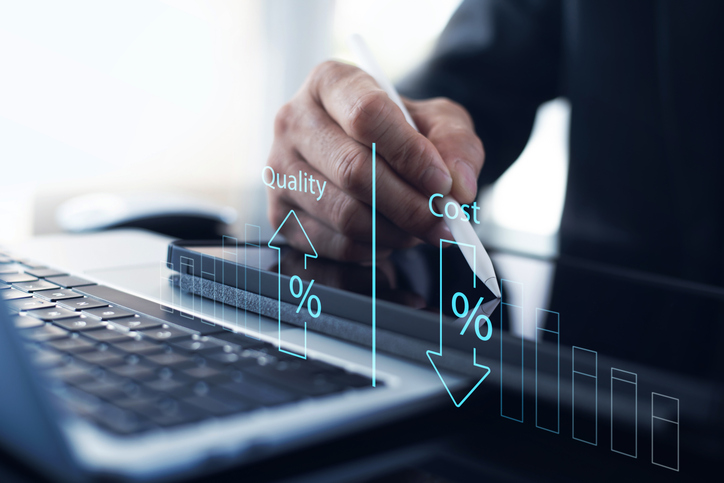The fact that the 26th United Nations Climate Change conference (COP26) has set “keep 1.5 degrees within reach” as its goal reveals how challenging it has become to deliver on the promises of the Paris Climate Change Agreement. And one of the biggest challenges is that the world is plowing through its natural resources at a stunning pace.
According to the Global Resources Outlook 2019 report, half of total greenhouse gas emissions come from natural resource extraction and processing. Also, while the world’s population has doubled in the past 50 years, we have more than tripled our use of natural resources. That’s the reason why, as an example, the European Green Deal is calling on all countries – and not just the largest producers – to make considerable progress to achieving a circular economy, which is essential in order to achieve climate neutrality by 2050.
Unfortunately, however, instead of growing the circular economy, it is actually declining. In fact, according to the Circularity Gap Report 2021, the global economy was only 8.6% circular in 2020, down from 9.1% two years previous. This is because the transformation towards circular economy is very hard to achieve for individual companies. For example, it requires a costly and complex transformation of the entire design and development process to ensure that the components used in production are more durable and suitable for repairing, reconditioning, and – ultimately – refurbishing.
More importantly, a circular economy also requires a shift in the way we do business, from purchasing and installing huge amounts of equipment that are underutilised to an as-needed model. Adopting a “product-as-a-service” business model is one of the most impactful changes we can make today. It not only makes our economy more circular by breaking established patterns of mismatched supply and demand; it also has the potential to generate significant growth opportunities for any industry.
As-a-service is a radical departure from a commoditised business model whereby companies sell a product and consider their job done. Instead, the producer retains ownership of – and responsibility for – the product throughout its entire life cycle. The customer has full use of the product for as long as is needed, paying only for when it is actually used, instead of for the product itself or its upkeep.
The producer, in turn, is responsible for building a quality product that lasts, and is energy and material efficient. It is also their role to take the product back and prepare it (or its components) for reuse.
Consider this representative example of as-a-service in action in the IT space:
The company that owns and manages the two largest airports in Ireland – daa – needed to upgrade its servers and storage systems, and decided to leverage an as-a-service offering. As a result, rather than scrap its old technology, and purchase new equipment, daa was able to upcycle obsolete legacy systems. This allowed daa to take the residual market value of the old IT and apply it to the cost of the new as-a-service model. It also helped daa meet its sustainability objectives by extending the life of old technology rather than it becoming e-waste.
As the example shows, the product-as-a-service model is a viable option for companies seeking to achieve sustainability objectives and contribute to a more circular economy.
How the tech strategy of IATA’s CIO is aiding pandemic recovery in aviation
Using IT as the lens by which to view the model, here are three typical as-a-service outcomes that are making a real difference:
- The elimination of overprovisioning, a common practice in which companies “overbuy” IT: In the average data centre, 25% of computer resources are not doing useful work and the remaining resources are operating at a small fraction of their capacity. This means higher costs and unnecessary consumption of power, space, and cooling. Consequently, by switching to as-a-service, costs and energy use will significantly decline.
- Organisations are freed from being chained to their IT kit for the whole of its lifecycle: Thanks to an as-a-service arrangement, a company’s IT equipment can be rapidly upgraded to the latest, more energy-efficient technologies without worrying about any capital costs. That’s a critical option for companies, as inefficiencies of aging equipment means that 65% of the power used by IT in data centres is used to process just 7% of the work.
- Taking back IT assets at the end of their use: When looking for as-a-service providers, it is important to consider vendors with refurbishment services in house who can help keep e-waste out of landfills.
Utilising digital skills to tackle climate change
A global trend
The seeds of as-a-service are being planted across many different sectors. Signify, formerly known as Philips Lighting, sells “light as a service” to customers. The company cites figures of up to 80% savings in energy consumption; Kaeser Kompressoren sells compressed air as a service; and Desso, a global supplier of carpets for commercial use, designs carpets according to the cradle-to-cradle principle, meaning that the company can lease its carpet tiles – taking care of the installation, maintenance, return and recycling.
However, it’s important not to underestimate the paradigm shift that moving to as a service entails for a company, ideally as part of a broader business and digital transformation strategy that embeds sustainability within it.
Offering as-a-service requires the overhaul of a company’s business and digital transformation strategy but yields significant benefits for all – most importantly to keep 1.5 degrees within reach.








